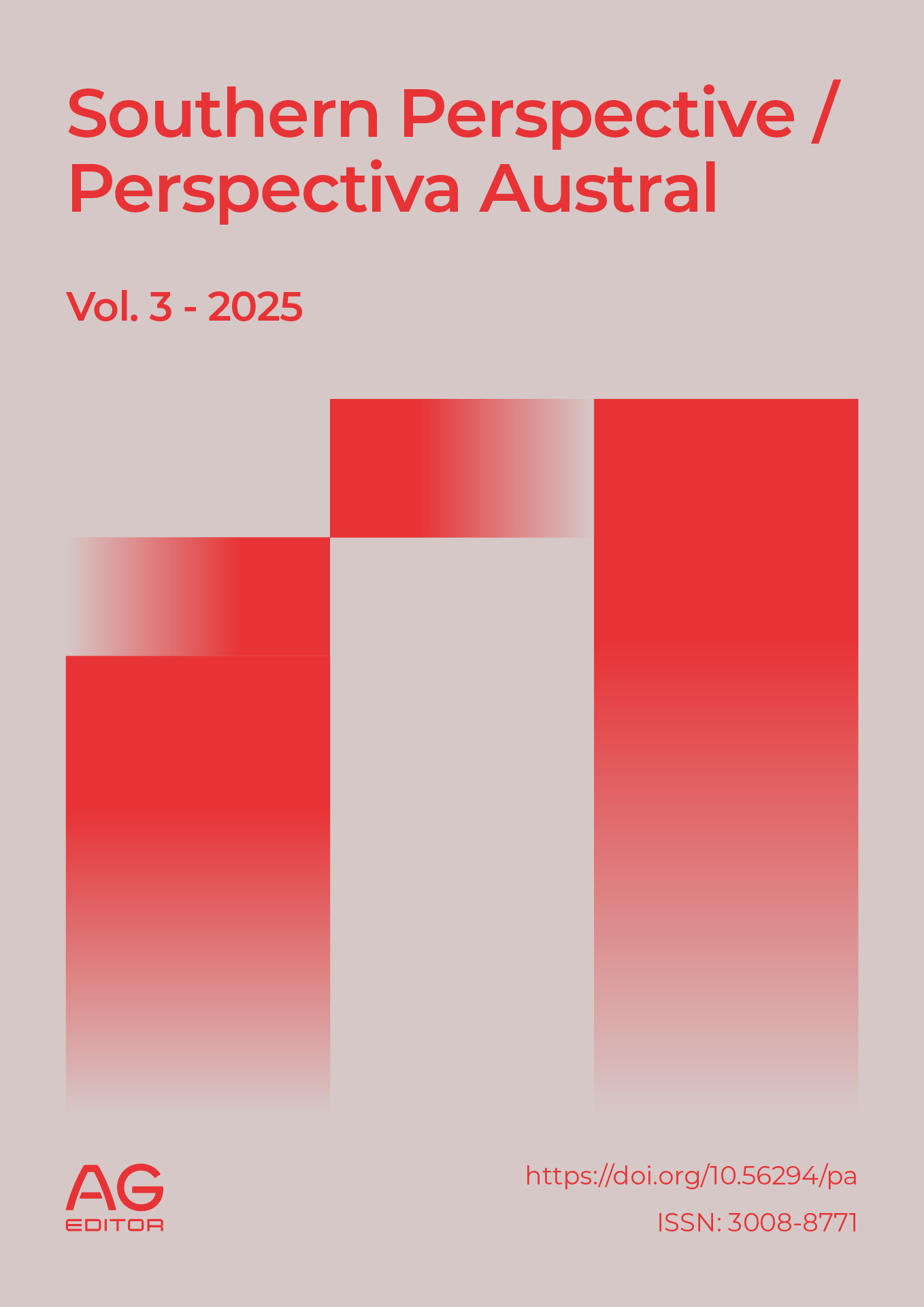Municipal Contentious-Administrative Courts and Their Role in Promoting Social Welfare: A Comparative Analysis
DOI:
https://doi.org/10.56294/pa202552Keywords:
access to justice, administrative courts, TCAMM, jurisdictional competence, transparencyAbstract
Introduction: The right of access to justice in Mexico is guaranteed by the Constitution and international treaties. In the judicial sphere, the General Directorate of Judicial Statistics (DGEJ) is responsible for collecting and analyzing data to evaluate the administration of justice. However, municipal administrative courts, such as the Administrative Litigation Court of the Municipality of Mérida (TCAMM), are not included in these statistics, making their evaluation difficult. Despite regulations requiring the publication of reports, no records were available for 2021 and 2022, affecting transparency and the right of access to justice.
Development: The TCAMM was created in 2016 following a constitutional reform that allowed the establishment of municipal courts in certain states. In Yucatán, this court was established in the local Constitution and regulated by the Law of Government of the Municipalities of the State. However, previous reports identified threats such as the public’s lack of awareness about the court and the unilateral jurisdiction assumed by the Administrative Justice Court of the State of Yucatán (TJAY). This has led to jurisdictional conflicts, impacting the effectiveness of administrative justice.
Conclusion: The lack of public awareness about the TCAMM and its jurisdictional overlap with the TJAY have negatively impacted access to justice in Mérida. The absence of clear and accessible information regarding its operations and its role in resolving administrative disputes poses a barrier for citizens. Greater transparency and regulatory adjustments are needed to prevent jurisdictional duplication.
Downloads
Published
Issue
Section
License
Copyright (c) 2025 Alan Daniel Torruco González (Author)

This work is licensed under a Creative Commons Attribution 4.0 International License.
The article is distributed under the Creative Commons Attribution 4.0 License. Unless otherwise stated, associated published material is distributed under the same licence.






